Sound Bed and its Powers

Originally published on March 26, 2015 by Larissa Romensky
The monochord sound bed and its powers
Sound therapist Denise Davis of Harcourt strums her monochord sound bed (ABC Central Victoria:Larissa Romensky)
As Denise strums the strings beneath the large wooden ‘bed’ the vibrations can be felt beneath the surface.
This wooden instrument with 55 strings beneath it is what she uses to deliver sound therapy to her clients.
Half of the strings are made of stainless steel and the other half of copper, each tuned to a particular note, which make up a chord.
The strings are tuned by the pegs at the end of the table.
Built in Switzerland, Denise said it’s the only one of its kind in Australia.
It was developed by German Swiss music therapist Dr Joachim Marz in the 1980s.
Denise came across the instrument about 12 years ago while in France.
“It really captured me as far as how the sound of this instrument resonated through all the cells of the body,” she said.
“I knew there was much more to it than it just being a music instrument for listening.”
The large 7ft long table made of elm, works by having someone lie on it while Denise strums the strings beneath, causing them to vibrate.
“It sets up a real harmonic resonance,” she said.
“When you lie on it the client feels like they’re in the middle of a sound bath.
“They forget that they are lying on a wooden table and go deeper into relaxation.”
Denise flew to Switzerland, met Dr Marz, and together they built it.
“I had to learn how to sand it, varnish it and he showed me how to string it and tune it,” she said.
Transporting it proved more difficult.
They then had to source wood to build a box big enough and strong enough to carry it on its six week journey across the ocean to Australia.
It took two people to lower it into the well-padded box in two pieces.
“It’s like lifting a dining room table; it’s not a light instrument to move around, “she said
Denise claims there are therapeutic benefits to the table.
“There is a lot of research that says acoustic music has an effect on the brain,” she said
She sites Dr Marz’s research into it.
He studied the use of music therapy in patients in psychosomatic neuro-rehabilitation.
Working at a rehabilitation hospital in Switzerland, he teaches music therapy to paraplegics and quadriplegics.
“The process is for people to be able to heal,” Denise said.
Dr Marz’s study found that patients can experience additional psychiatric disorders after a car accident and need a more complex rehabilitation process.
He found that music therapy using the therapeutic monochord bed can improve a patient’s healing process.
Denise says it is not only a healing tool but is also used for relaxation.
“I use it to make people feel relaxed and rejuvenated, “she said
“There is a sense of deep relaxation. People go to a quieter level.”
She sees many people in her practice including people with disabilities.
One of her clients was a severely disabled eight-year-old boy who arrived with his family. Unable to speak, he wore hearing aids.
He lay on the table for about 20 minutes with his hearing aids removed.
“A week later the mother said he had slept all night for the first time in his life without waking up and yelling, “Denise said.
“The person on the table feels the vibrations go through their muscles.”
The effects continue long after the session has finished.
“It resonates in the body for a lot longer, even after the person had gotten off the table, “Denis said.
Source of original article: http://www.abc.net.au/local/photos/2015/03/25/4204563.htm
Please note: As with any new form of therapy, please consult your physician before starting a new routine to support your health or the health of a loved one. Dr. Lord is reprinting this article because she has experienced this form of therapy.



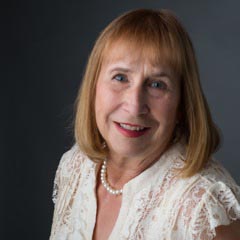



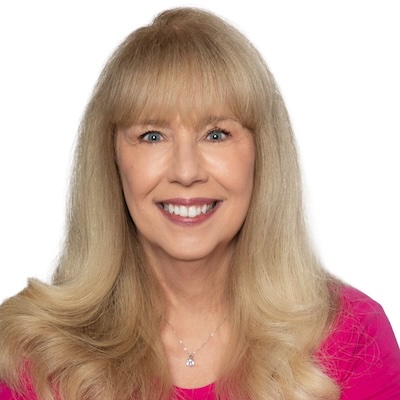





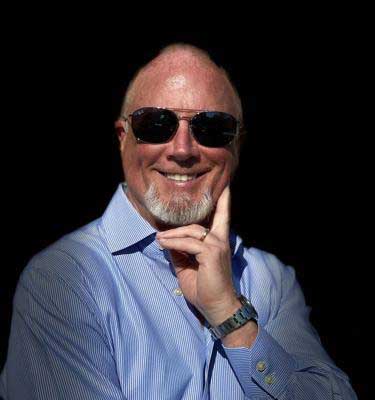
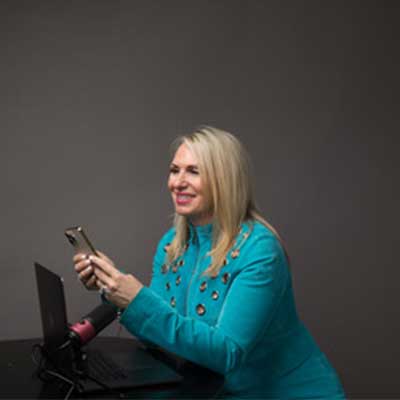



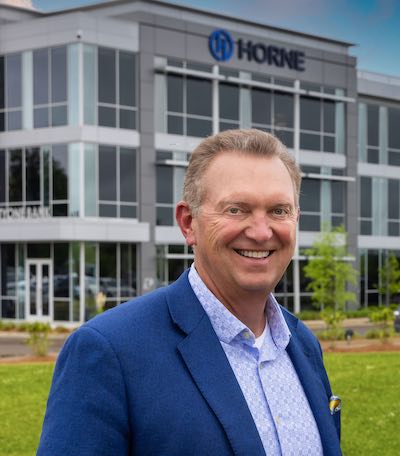
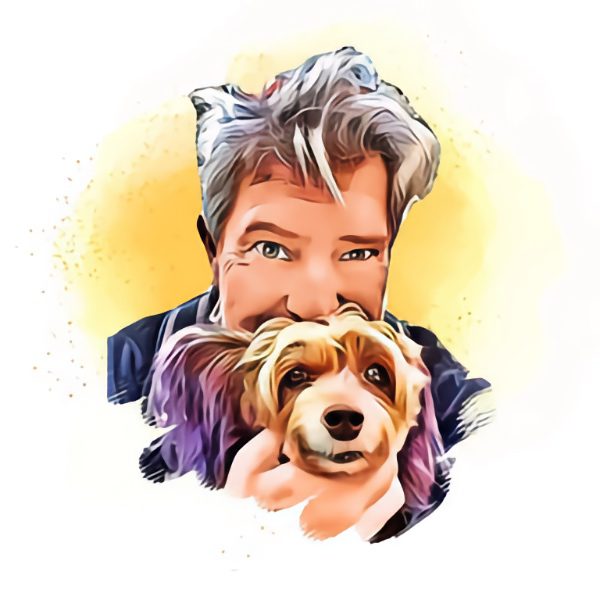
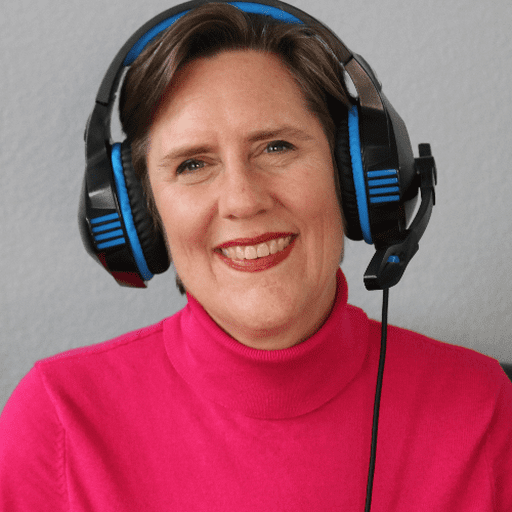




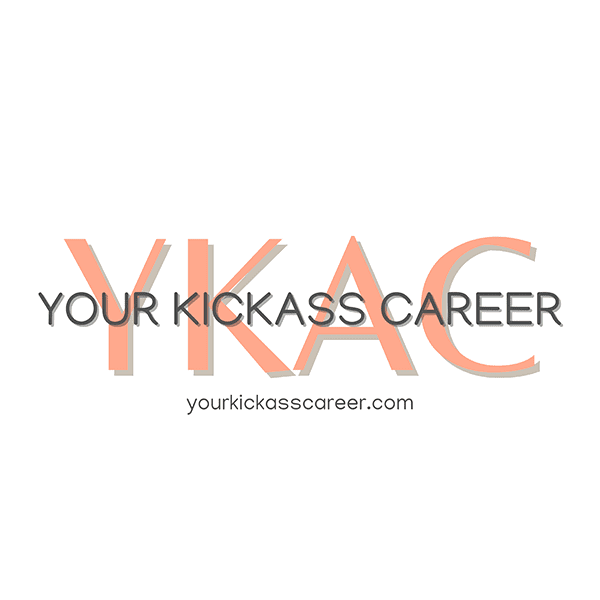

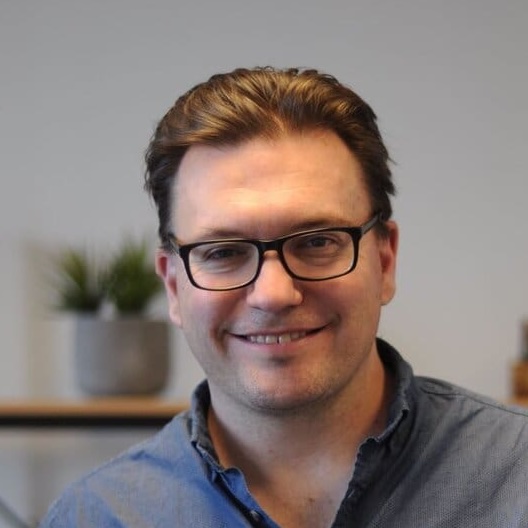

Already a Member? Login Here.
Not Yet a Member? Join the Conversation Today!